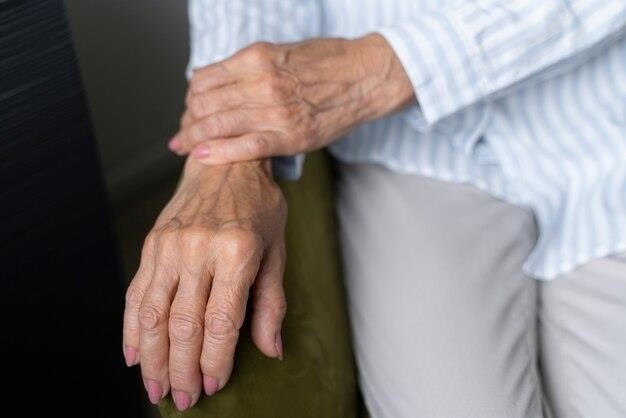Article Plan⁚ Artane Effectiveness in Treating Parkinson’s Symptoms
The information available on the internet covers a variety of aspects related to Artane and its impact on managing Parkinson’s symptoms. From the mechanism of action of Artane to its dosage and administration, the article will delve into the effectiveness and side effects of this medication. Patient experiences and a comparison with other Parkinson’s medications will also be discussed, providing a comprehensive overview for individuals seeking information on Artane’s role in treating Parkinson’s symptoms.
Introduction to Artane and Parkinson’s Disease
Artane, also known as Trihexyphenidyl, is a medication commonly used in the management of Parkinson’s disease symptoms. Parkinson’s disease is a neurodegenerative disorder that affects movement, causing symptoms such as tremors, rigidity, and bradykinesia. Artane belongs to the class of medications called anticholinergics and is used to alleviate muscle stiffness, tremors, and poor muscle control associated with Parkinson’s disease. Understanding the role of Artane in addressing these symptoms is crucial for individuals living with Parkinson’s and seeking effective treatment options.
Mechanism of Action of Artane
Artane, also known as Trihexyphenidyl, exerts its pharmacological effects by acting as an anticholinergic medication. This means that Artane blocks the activity of acetylcholine, a neurotransmitter in the brain that is involved in muscle control. By inhibiting acetylcholine’s action, Artane helps reduce muscle stiffness, tremors, and spasms commonly experienced by individuals with Parkinson’s disease. Understanding the mechanism through which Artane works is essential in comprehending how it addresses the motor symptoms associated with Parkinson’s disease.
Effectiveness of Artane in Managing Parkinson’s Symptoms

Studies have shown that Artane, also known as Trihexyphenidyl, is effective in managing symptoms of Parkinson’s disease such as muscle stiffness, tremors, and poor muscle control. As an anticholinergic medication, Artane plays a vital role in alleviating motor symptoms associated with Parkinson’s disease. Patients taking Artane have reported improved muscle control, reduced tremors, and enhanced overall quality of life. Understanding the effectiveness of Artane is essential for individuals seeking effective management of Parkinson’s symptoms.
Dosage and Administration of Artane
When it comes to the dosage and administration of Artane (Trihexyphenidyl) for managing Parkinson’s symptoms, the specific dosing regimen can vary depending on an individual’s condition and response to the medication. Typically, Artane is introduced at a low initial dose and then gradually increased as necessary to achieve the desired therapeutic effect while minimizing potential side effects. It is essential for patients to follow their healthcare provider’s instructions carefully regarding the dosage and administration of Artane to ensure optimal management of Parkinson’s symptoms.

Side Effects of Artane
Artane, also known as Trihexyphenidyl, may lead to several side effects when used to manage Parkinson’s symptoms. Common side effects of Artane include dry mouth, blurred vision, constipation, urinary retention, and potential cognitive effects. These side effects vary among individuals and may impact treatment adherence. Understanding the potential side effects of Artane is crucial for patients and healthcare providers to manage and address any adverse reactions that may occur during treatment.
Comparison of Artane with Other Parkinson’s Medications
When comparing Artane (Trihexyphenidyl) with other Parkinson’s medications, it’s essential to consider each drug’s mechanism of action, side effect profile, and overall effectiveness in managing symptoms. While Artane is an anticholinergic medication that targets specific motor symptoms, other medications such as levodopa address Parkinson’s symptoms through different pathways. Understanding the differences in how these medications work and their potential side effects can help healthcare providers tailor treatment plans to individual patient needs for optimal symptom management.
Patient Experiences and Testimonials
Patients using Artane (Trihexyphenidyl) to manage Parkinson’s symptoms have reported varying experiences and outcomes. Some individuals have noted significant improvements in muscle control, tremors reduction, and overall quality of life with the use of Artane. While some have found it to be a game-changer in managing their symptoms, others have experienced side effects or different levels of effectiveness. Understanding patient experiences and testimonials can provide valuable insights into the real-world impact of Artane on individuals living with Parkinson’s disease.

Leave a Reply